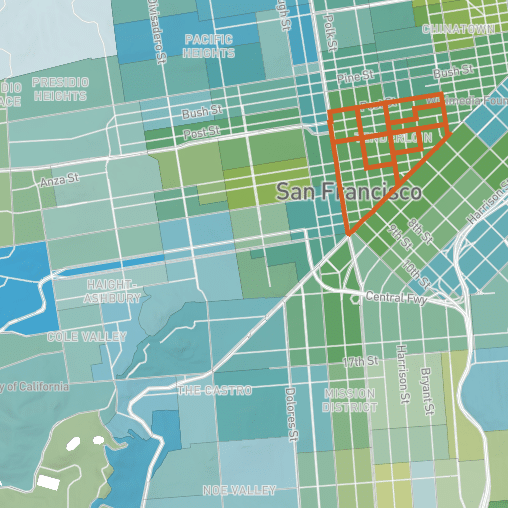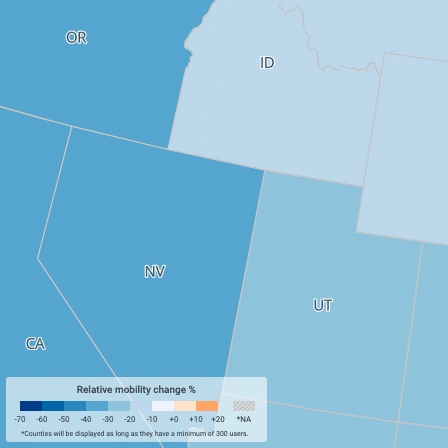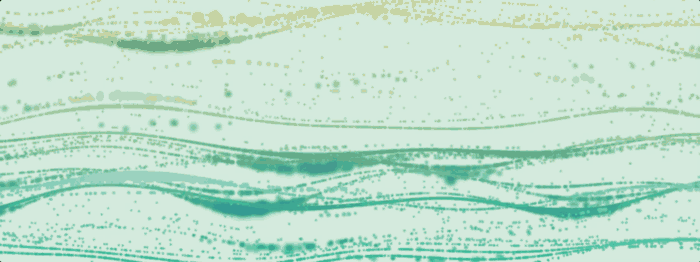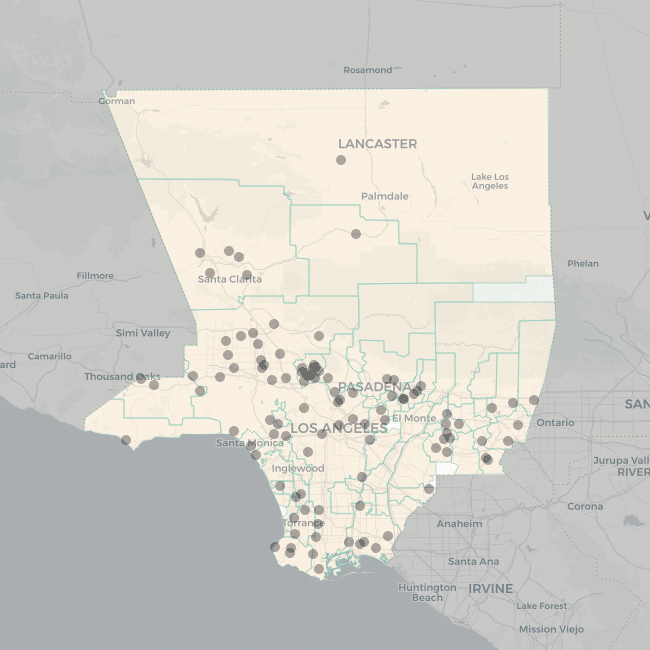California Health Care Foundation
Mapping variations in elective procedures across California
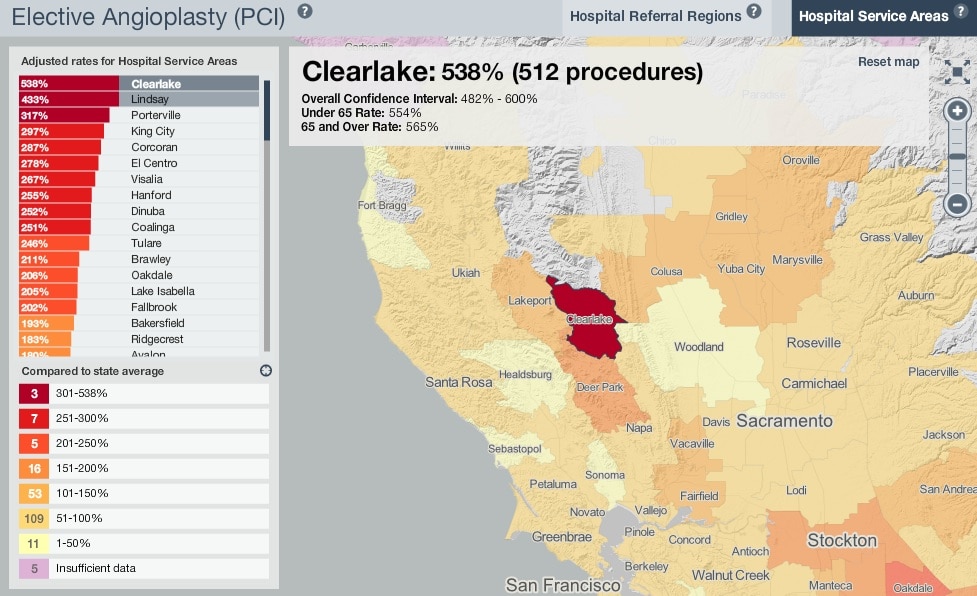
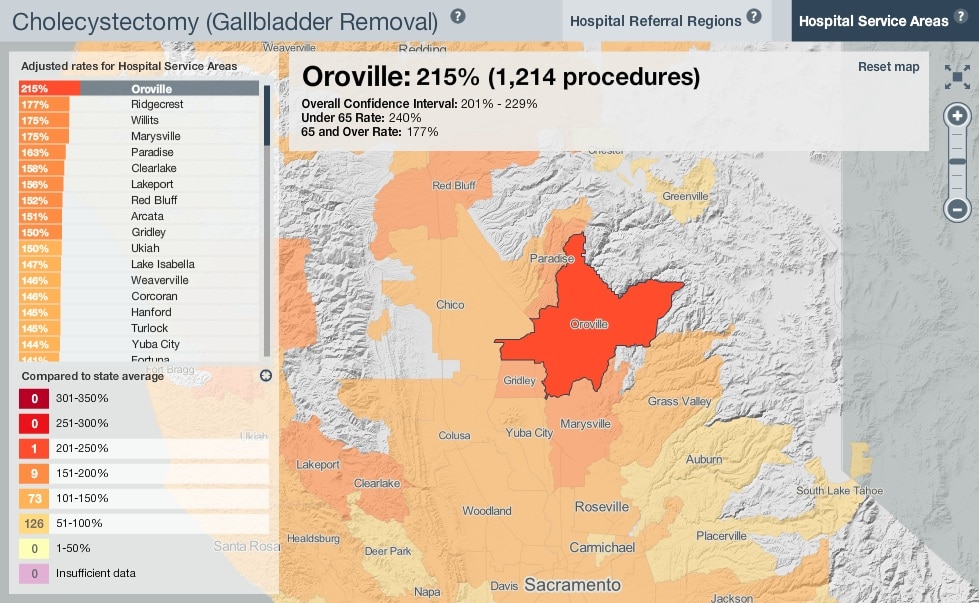
In late September of 2011 we published some work with the California Health Care Foundation, mapping variations in Elective Procedure Rates across the state.
In English, this means we looked at how likely people are to do things like have their gall bladders removed—surgery that’s not done to immediately save their lives—depending on where they live. It turns out that, all other things being equal, there’s quite a bit of variability across the state, depending on procedure. CHCF adjusts for demographics in a given HSA (Hospital Service Area), factoring out things like the age and income levels.
In Clearlake, for example, you’re more than five times more likely to have heart surgery than in the rest of the state, a detail that was picked up by several media outlets; turns out that Clearlake has an overenthusiastic heart surgery department (in addition to a population that smokes and drinks too much), but even factoring in people’s lifestyle choices, the numbers just leap off the map.
The cartography for the project is custom, a modification of GeoIQ’s acetate design that we had built for CHCF earlier in the year. The sizes of city labels on most maps you see are based on the number of people that live there. Using Dymo, a placement script for map labels, we gently subverted this so that the size of the town names reflects the number of procedures done in that town.
These maps can serve as entry points into more detailed and nuanced conversations about why health care is so different from one place to another, even in an area as relatively homogeneous as the Bay Area. The whole point is to kill less people, and getting a grasp on how procedures vary from place to place is a good way to move the conversation further down that road.

